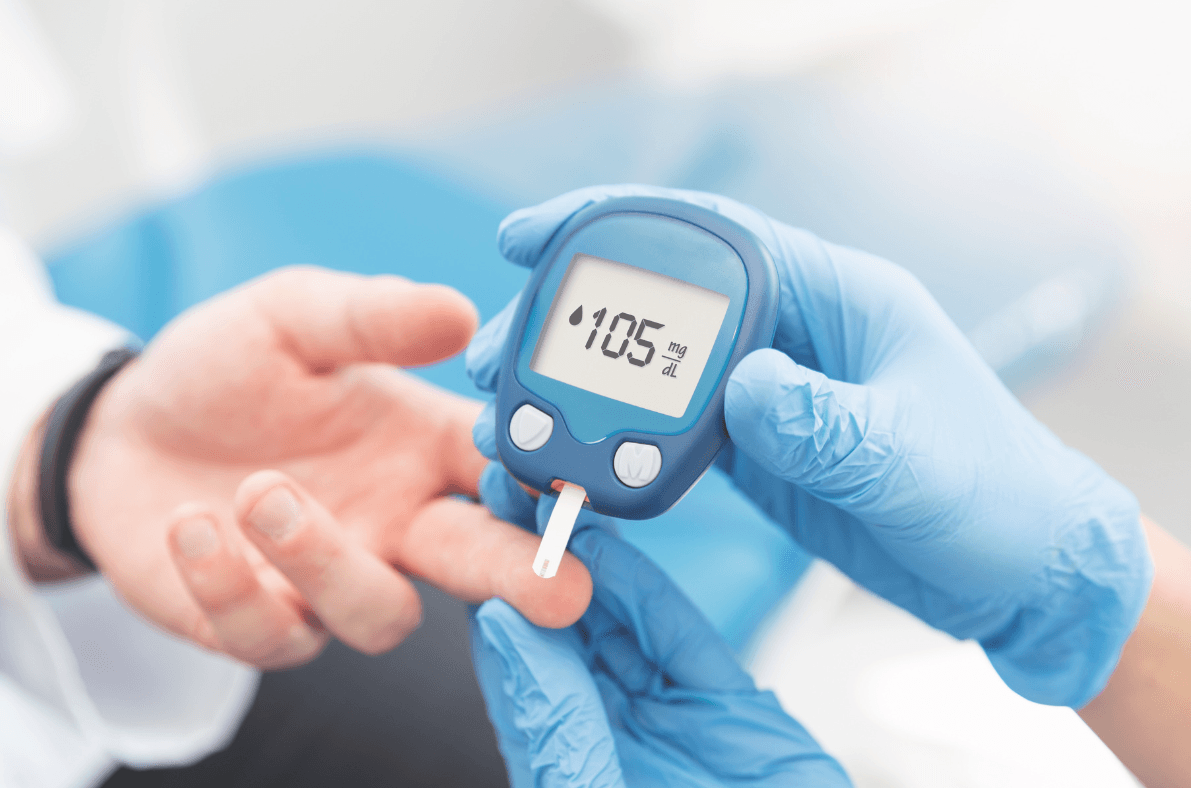Have you ever had a prescription that you needed to continue taking, so you had to visit the doctor each month to renew the prescription? This method can be frustrating and time-consuming, but there’s a better way to do this with repeat prescriptions. This is just one of the clinical services offered to student health services and other patients.
Here’s all you need to know.
What Is a Repeat Prescription?
When you need the same medication over and over and will be taking it for a long period of time, local doctors can provide you with a repeat prescription. This is essentially permission for you to receive the medication without needing an appointment with a doctor.
Repeat prescriptions are good until a certain date or for a certain number of refills. All the information will be added to the form you need to provide the pharmacist. In general, you won’t get a repeat prescription immediately, as your doctor needs to ensure you know how to take it and will want to monitor you as you get used to the medication. This is particularly important with medications that can have strong side effects.
Your doctor will often prescribe you the first month’s worth of medications, which you will take and check in with the doctor to ensure everything is going well. They will help you monitor any side effects and adjust the dosage if necessary. This is an important step, as you may need to change the dosage for the best results.
A good example of this would be a blood pressure medication or medication for diabetes.
These can have severe side effects if taken improperly, so a doctor will prescribe a certain amount, but keep an eye on you and how you react. Once you’ve taken enough to have an effect, the doctor will see what your levels are and can continue to check your blood sugar or pressure. Once the doctor is certain you are ready to take the medication with minimal monitoring, you’ll still want to check in if you notice any changes. However, the doctor can then fill out a form that says you have permission to refill the prescription as needed until a specific date.
You will be required to see a medical professional annually if you’re on repeat medication. This gives the doctor a chance to check that the medication is still working satisfactorily and you can relay any concerns. The doctor may adjust your dosage or change things slightly if needed, such as adding a new medication or removing one that you no longer need.
Everyone changes and it’s possible that your body is going to adjust to your medications in one way or another. Whether this means you will end up needing higher amounts or you’ll simply manage your health problems better with lower amounts, it requires adjusting things.
Over time, you may become resistant to some of the medications and need new ones, or there may be a whole new treatment option on the market. This is a good chance to talk to your doctor and find out if they have a better option for you to try. Of course, if you are switching meds, you will need to be monitored once more.
What Kind of Medication Can Be Prescribed on Repeat?
Not all medications can be put on a repeat prescription. For example, the birth control pill needs to be given for several months, then you will see your doctor again. Usually, you’ll be given a six month supply and then will have to see the doctor for a refill.
Your prescription sheet will have a green side and a white side. The white side is for repeat medication, while the green is for short courses of medication, such as antibiotics. You will keep the white side and bring it in every time you need to repeat the order, or show it to the online order form.
The type of medication that is prescribed on repeat can be anything you might take regularly and on an ongoing basis. For example:
- Blood thinners
- Antidepressants
- Anxiety medications
- Blood pressure medication
- Diabetic medication
If you have specific supplies that you need a prescription for, such as syringes or other needs, these may fall under a repeat prescription, as well. Talk to your doctor and be sure to include everything you need and are worried about. They should be able to help you out.
How Can You Better Manage Your Prescriptions?
The following tips will help you manage your NHS repeat prescriptions so you can always make sure you have the medications that you need.
● Schedule an Annual Doctor’s Appointment
NHS repeat prescriptions require seeing a doctor each year to renew it all. This is something you should plan ahead and schedule to ensure you don’t miss it. This should just be automatically scheduled and you can continue to see the doctor every year.
● Manage Your Repeat Prescriptions Online
With NHS repeat prescriptions and online clinical services, you can download the app and manage everything there. You’ll find there are plenty of benefits to going online to handle it all. For example:
● Don’t lose your prescription: You can upload it and keep all information in the app so you will never lose your prescription and won’t need to go back to the doctor.
● Save time: Forget waiting in line for a prescription. You can do it all on the app and that means you will save quite a lot of time. You also have the option of seeing local doctors online so you can get a repeat prescription.
● Order online: You won’t need to go to the pharmacy if you are going to get your prescription online. This means no waiting, you just pick up the medication when it’s ready or you may even have it delivered to you, depending on the method of delivery.
Overall, it is quite beneficial to have clinical services like this available to you on an app.
● Use a Reminder App
Do you have a tendency to forget your medication? It’s a good idea to use an app on your phone or even just the alarm to remind yourself when to take the medication. If you are on something that needs to be taken at the same time every day, this can be quite helpful.
You can also use the reminder app to let you know when you’re getting low on medication.
● Organise Your Pills
Do you take more than one pill? It can be easy to forget which one you took and when. If you frequently wonder if you’ve actually taken your medication for the day, try putting your pills into a medication organiser. This will show you at a glance what you’ve taken already for the day. It saves you the possibility of double dosing or accidentally skipping a dose.
● Create a Dosing Schedule Chart
It may also be helpful to create a simple chart where you can mark down which pills you’ve taken so far that day. The chart is particularly useful, because you can also take notes. This will let you note if a medication is causing any side effects, so you can talk to your doctor about it. You may also take down any information that relates to your condition so the doctor can discuss it with you at your next appointment.
● Create a Master List of Medications
If you have multiple medications to take, it is useful to track them. Make a list of all the medications so you can discuss them with the pharmacist or the doctor in order to ensure you have no overlaps. It’s always a good idea to have a full list of what you take so you can present it when needed.
● Remember to Order Your Prescription a Week Ahead
You don’t want to run out of medication ever, particularly if it’s for a life-threatening issue. Dropping your blood pressure medication, for example, could be deadly. To avoid having a moment where you forget to renew your prescription only to realise later that you have run out, be sure to remind yourself to order the prescription a week or so ahead of time. Every time it gets close to the end of the month, put in your repeat prescription and ensure you have enough medication on hand for the coming month.
Do you need to set up a repeat prescription? Are you interested in getting your NHS repeat prescription online? You can register to do just that on the
NHS GP site.











